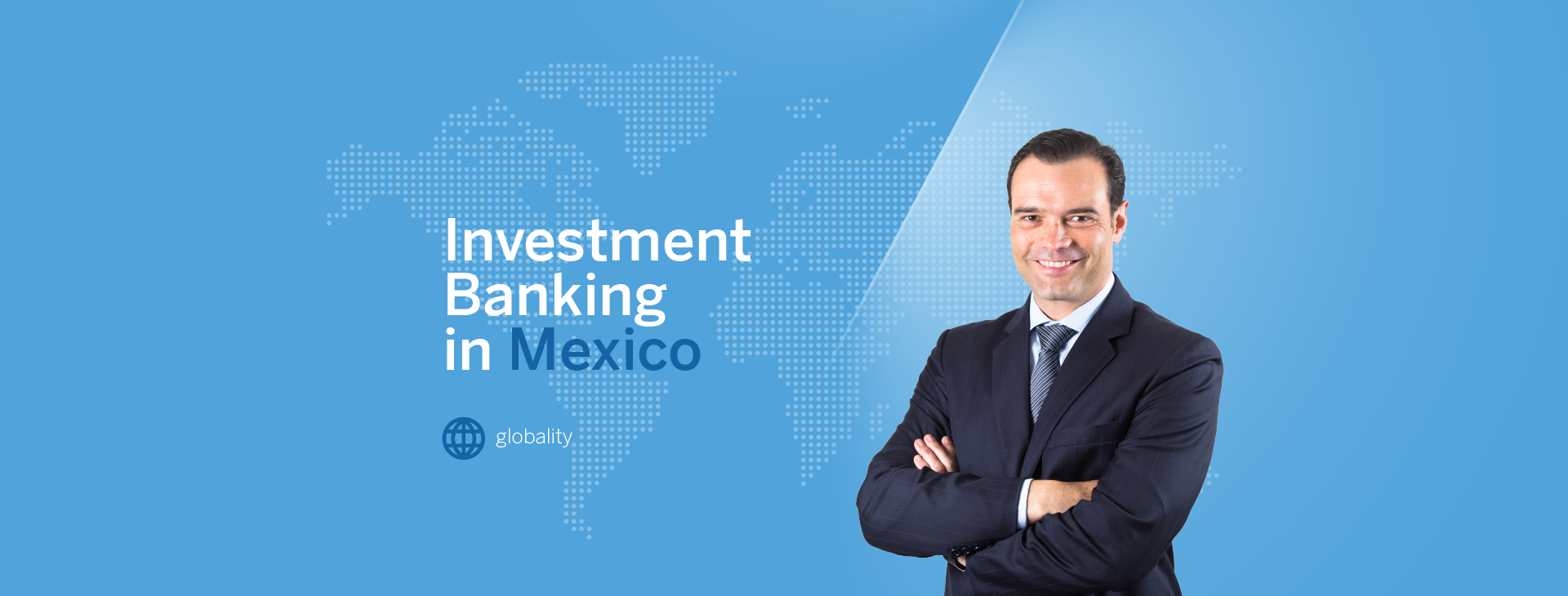
News | 01 September 2023
Nearshoring: Mexico as an appealing target for Foreign Direct Investment
With Álvaro Vaqueiro, head of Corporate and Investment Banking in Mexico
According to figures from the World Bank, Foreign Direct Investment (FDI) in Latin America has fallen by 16.4% in absolute terms over the past ten years. But while FDI in South America dropped 9 per cent, FDI in Mexico rose by almost 40 per cent in the same period. To better understand these numbers in context, we spoke with Álvaro Vaqueiro, BBVA’s head of Corporate and Investment Banking in Mexico.
- What do you think have been the key factors driving FDI in Mexico in recent years?
Over the past few years, companies have begun to react to geopolitical shifts like growing strategic differences between China and the West, along with the high economic costs revealed by COVID-19, by relocating operations to improve their supply chains. Most of their supplies at present come from Asia, specifically China. But these events cleared the way for business and sales strategies different from what we’d seen since the start of the century when China joined the WTO. Companies are considering simplifying and bringing their production processes nearer, streamlining their value chains. Mexico benefits from its proximity to the United States, which is the world’s largest industrial producer and, more importantly, from its membership in the United States-Mexico-Canada (USMC) agreement. This effect—the relocation of production and supply chains closer to companies’ home base—is what we refer to as “nearshoring.”
Mexico is a very appealing focus of investment. It’s a country that has made macroeconomic stability the linchpin of its economic policy; economic growth is slow but steady; it has a large, strong domestic market; maintains a supply of highly qualified human capital at competitive costs, which means it can produce advanced manufactured goods; and it has an open economy, not just through the USMC but through other free trade agreements with other parts of the world.
- How is the nearshoring phenomenon seen in Mexico?
We believe that nearshoring is a tremendous economic driver. Having a number of companies set up shop in Mexico will clearly create jobs and spur private and joint public-private investment in infrastructure and the energy industry, particularly clean industry, which is so much in demand in our country. Nearshoring is an opportunity for this country to exploit its capacities in manufacturing, real estate, and other parallel industries that will benefit along the way.
To give you an idea of the benefits we’re talking about, we already started to see the impact on jobs at the close of 2022, when employment rose by 4.3% year-over-year, its strongest advance since 2017, and at the close of May the growth was registered at 3%. As for investment, by our calculations, investment announcements in the first half of this year totaled close to 42 billion dollars, 38% more than in the same period of last year, and specifically in terms of FDI, the growth was 15% year-to-year. Looking at the impact of nearshoring as a whole, we estimate an impact of up to 0.4 percentage points on Mexico’s GDP each year.
- So nearshoring is clearly important to Mexico. How is BBVA capitalizing on this climate?
As a member of Grupo BBVA, our bank has a global presence, so we can identify the arrival of new firms in our country and work together with other geographies to assist our clients in deploying their strategic projects here. This activity is what we call cross-border financing, and it accounts for 37% of our Corporate and Investment Banking business worldwide. With a presence in 24 countries, these actions have become a strategic pillar of our group, not just in matters of nearshoring, but in our day-to-day work as corporate and investment bankers.
One of our greatest strengths is that we can offer wholesale clients a combination of global expertise with local know-how. This is especially evident in Mexico, where we are the leading banker for most of the products we offer. Just as an example, at the close of May this year we had the largest market share in syndicated loans, project finance, mergers & acquisitions, local market debt issues and capital issues. We were also recognized as the best investment bank in Mexico in 2022 by LatinFinance magazine, and this year Global Finance awarded us the same distinction.
We offer specialized solutions like Supply Chain Finance, which is a tool that allows for centralized management of payment programs to improve our clients’ liquidity and help them optimize their suppliers’ financial health. With this tool, our clients can have a centralized view of all of their programs and suppliers, in all geographies and currencies. Another advantage of this service is that it can be linked to sustainability, which means we are not only promoting cross-border action but locally we’re helping a lot of small and mid-sized companies in their transition toward sustainability.
- You mentioned the demand for clean energy as a key component of the nearshoring phenomenon. What role can BBVA play here?
Sustainability is one of our bank’s strategic pillars. In the last five years, Corporate and Investment Banking has mobilized 165 billion pesos in Mexico, and for the year 2023 alone we are expecting to mobilize 125 billion pesos in deals focused on climate change actions and on inclusive, sustainable social development. This is around 60% of the total amount of resources mobilized at BBVA México.
Among our most recent global actions was a 20 billion dollar investment in the Just Climate fund, whose focus on decarbonization entails an investment in climate-related assets that participate in high-impact solutions aimed at eliminating or dramatically reducing emissions. Specifically on the energy side, in Mexico we’re working closely with companies in this industry to develop sustainable actions they can take to migrate toward greener, more socially inclusive processes.




